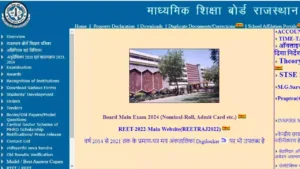Imagine capturing stunningly smooth videos even amidst shaky hands, bumps on the road, or windy conditions. Enter the realm of auto stability cameras, where technology takes the wobble out of your footage, leaving you with professional-looking results. But how do these cameras work, and what are their potential applications beyond the realm of videography?
Unveiling the Stabilization Secrets:
Auto stability cameras employ two main types of stabilization techniques:
1. Optical Image Stabilization (OIS): This hardware-based system uses gyroscopes and motors to physically shift the lens elements within the camera, counteracting unwanted movements. Imagine tiny hands constantly adjusting the lens to compensate for shake, resulting in smooth, stabilized footage.
2. Electronic Image Stabilization (EIS): This software-based method analyzes captured frames and digitally corrects for camera movement. Think of it as a smart algorithm manipulating pixels to remove shake and blur, resulting in smoother video after processing.
Many cameras today combine both OIS and EIS for even better stabilization, especially in high-end models.
Beyond the Lens: Applications of Auto Stability Cameras:
Auto stability cameras aren’t just for videographers anymore. They are finding their way into various fields, including:
1. Action Sports: Capture adrenaline-pumping moments with incredible stability, reliving the action without shaky footage.
2. Wildlife Photography: Track elusive animals or zoom in on distant subjects without camera shake ruining the shot.
3. Drones and Aerial Photography: Achieve cinematic aerial shots even in windy conditions, showcasing breathtaking landscapes with professional-looking smoothness.
4. Security and Surveillance: Monitor sensitive areas with clear, stable footage, ensuring details are captured accurately.
5. Medical Imaging: Capture precise images during medical procedures, even with slight tremors, aiding in diagnosis and treatment.
The Future of Stability:
As technology advances, auto stability cameras are becoming more sophisticated and affordable. We can expect to see:
* Improved stabilization in low-light conditions: Capture smooth footage even in challenging lighting environments.
* AI-powered stabilization: Cameras will anticipate and compensate for movement more effectively, leading to even smoother results.
* Integration with other technologies: Imagine drones automatically adjusting for wind or cameras seamlessly stabilizing footage during live streams.
Shaky footage no more! Auto stability cameras are transforming the way we capture images and videos, offering unparalleled smoothness and professional-looking results across various applications. With advancements on the horizon, the future of stable imaging is looking brighter than ever.
Steady as a Rock: Unveiling the Magic of Auto Stability Cameras

Note- This article input by author and output AI (Artificial Intelligence) generate so chance data and some content may be changed by ai. If any feedback mail timesbull@gmail.com











